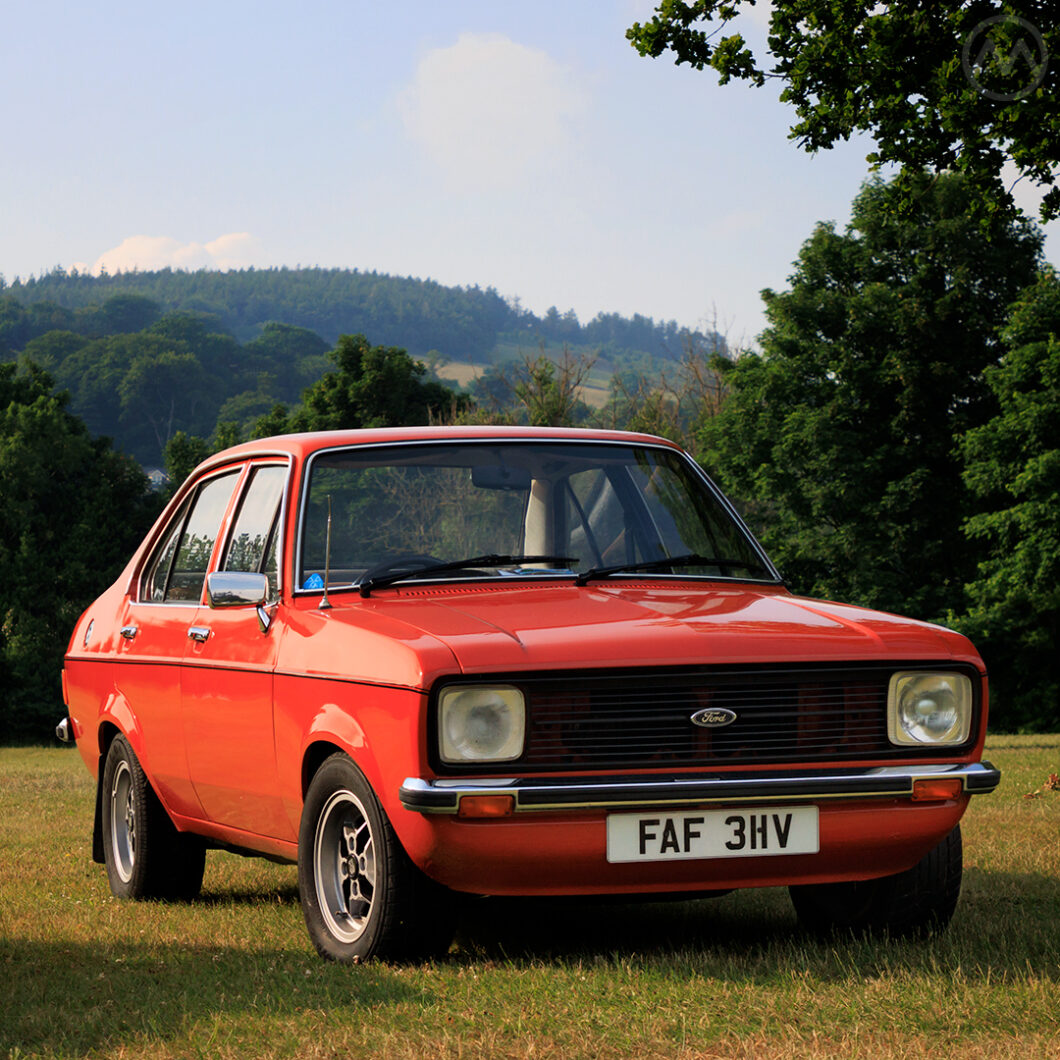By the summer of 1980, Ford of Europe’s Escort Mark II was starting to feel old, and the automotive world was abuzz with news of its much-anticipated front-drive successor, “Project Erika.” However, while it was rigidly traditional and reused many pieces from the circa-1968 original, the Mark II was a hugely successful car.
Almost 1.5 million were made in just under six years, and Ford’s conservativism in designing the car, though often remarked on in faintly damning ways, ensured it generated both huge profits and happy customers. It’s one of the most fondly remembered cars of its era in the U.K., and the performance models are highly sought-after today.
In the wake of the first OPEC crisis, Henry Ford II ordered a huge reduction in R&D budgets across the entirety of the company. The result was that many of Ford’s mid-1970s offerings were partly recycled from older designs, from the European Cortina MkIV to the American LTD II. The Escort Mark II followed this recipe and possibly even served as a model for some of those subsequent projects, but it was in the works before OPEC.
Though seemingly unambitious cars, these decisions helped keep the lights on. With the Blue Oval’s domestic operations bleeding money in the late 1970s, European Escort, Cortina/Taunus, and Granada played a huge role in keeping the company afloat. With cash short, Ford played it safe with these cars while placing a huge bet on one new model, the original front-drive Fiesta.
After watching other automakers launch hugely successful superminis that built on the ideas seen in BMC’s Mini, Dearborn (and Dagenham and Cologne) recognized that front-wheel drive was the future of small cars. It was vital for Ford to have a quality entry in this space, and as successful as the Mk1 Escort was, it was essentially a scaled-down rear-drive traditional car. Even at its size, it was too big and space-inefficient to compete with modern superminis directly.
From bitter experience with the Taunus 12M in Germany and its famous experiment costing out the Mini in the U.K., the Blue Oval knew that creating cost-effective front-drive platforms was not easy. The Fiesta would anchor Ford’s front-drive strategy and entry into markets like Spain. It was the only project that it absolutely could sacrifice in 1974, and it also happened to be the priciest project in the company’s history up to that time.
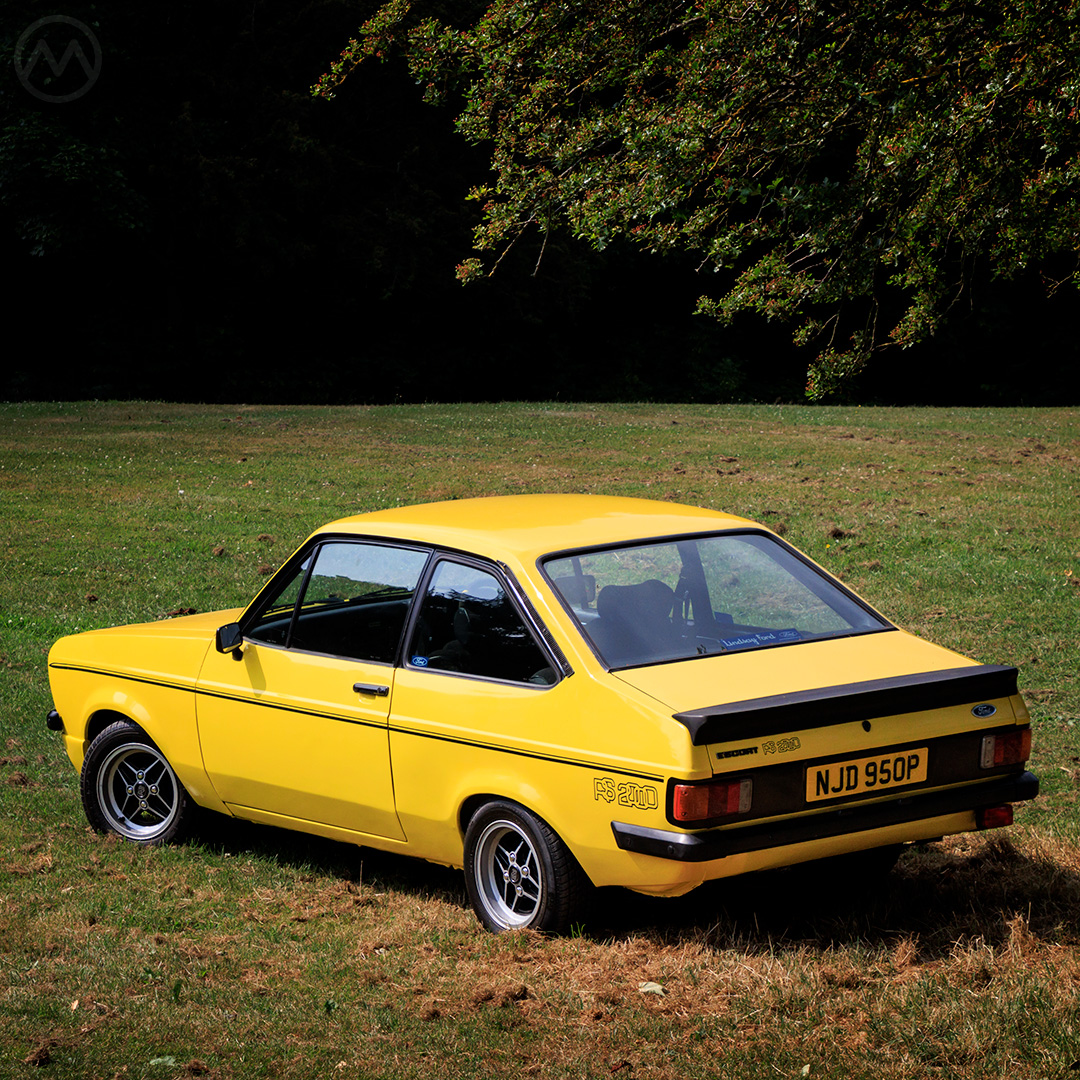
Project Brenda
By the time of Ziggy Stardust, the Mk1 Escort’s muscle-car-era, coke-bottle shape was starting to be dated, and it was nowhere near as space-efficient as British Leyland or Fiat’s front drivers. But it worked really well, and buyers loved it in the U.K., Ireland, and much of Northern Europe.
It was not as successful in places like Italy and France, but Italy was also a strongly protectionist market with buyers who favored sub-1-liter cars. More than two million Mk1 Escorts were made in just about seven years, and it’s hard to argue with success of that sort. But the car’s sheer ubiquity (best-selling cars often get too familiar to be cool anymore), changing fashions, and some criticisms of the Mk1’s interior dictated a major update.
With huge resources going into the Fiesta and the first-generation Escort still a big seller, Ford correctly reasoned that the Mark II Escort didn’t have to be all-new, only newer-looking and comfier than the Mark I.
The Mark I Escort, developed in the U.K. as an Anglia replacement but built and sold by a newly unified Ford of Europe, was conventional and comfy but cramped. Therefore, the goals of this update were better space and visibility in a newer-looking shape, one that reused as much as possible of the old car to keep costs down. With Ford of Europe now long established, the task of this redesign went to Germany.
Uwe Bahnsen’s team in Cologne was tasked with “Project Brenda” and did a cracking job of disguising many of the Mk1’s mechanicals in a crisp new wrapper. There was more rear legroom, visibility was considerably improved, and the interior looked more modern too.
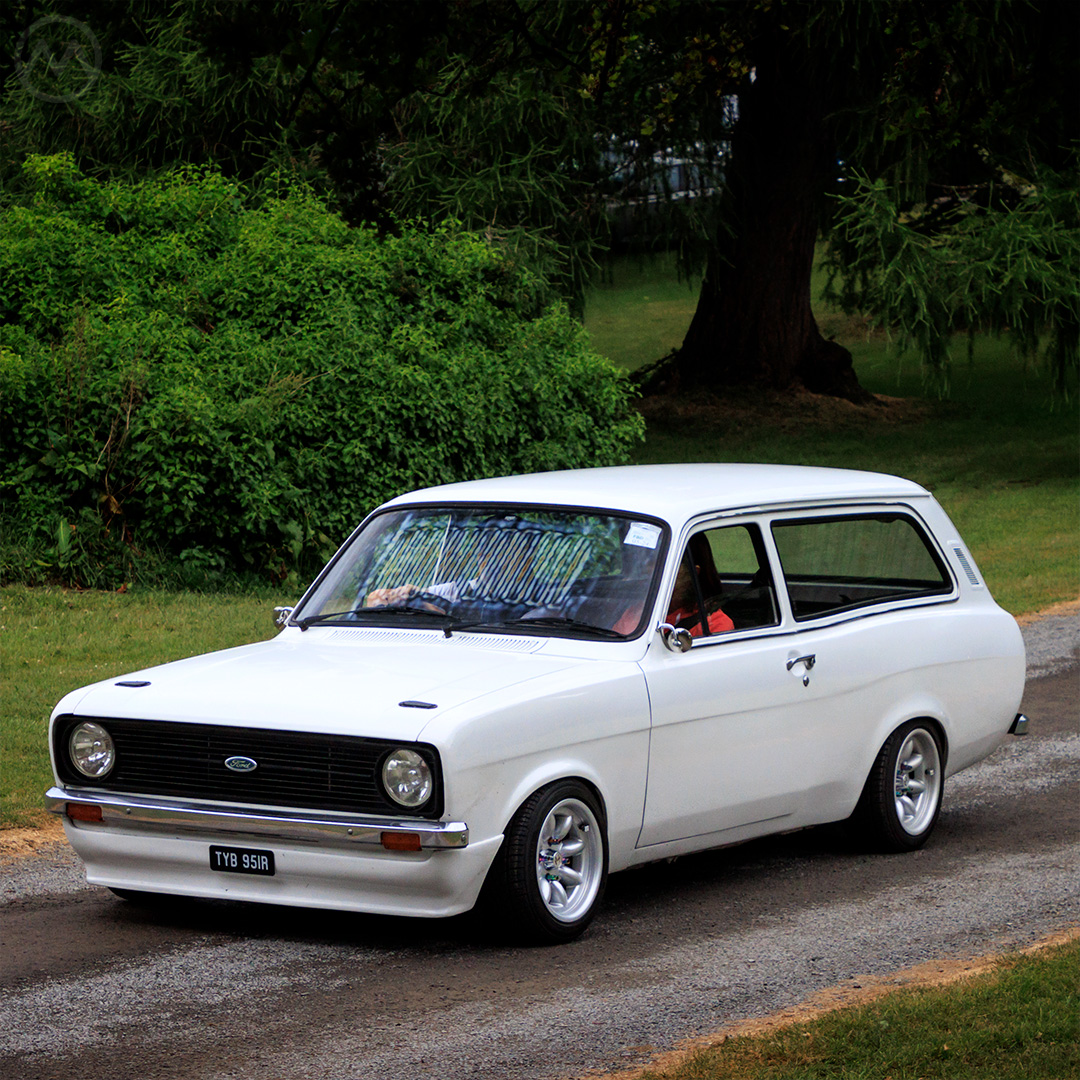
The gambit was let down, however, by recycling the wagon and van bodies, which had a Mark II front end grafted on with fenders and hoods unique to those models. This often happens with wagons and vans, which sell in smaller numbers than sedans (er, saloons) and, therefore, are costlier to retool, but it seemed like a major oversight on the Escort Mark II.
Building the Escort Mark II
As before on the Mark I, a wide array of Escorts were available, and they were ultimately built in nine countries. They ranged from humble 940-cc versions (for Italy only) to 2.0-liter Cosworth-tuned RS2000s. Most consumers chose 1.1, 1.3, or 1.6-liter Crossflows, and this particular car is a 1.3. As noted above, performance Mark IIs are exceedingly popular now (and pricier than ever as classics), but most Escorts were family cars or basic transportation.
The added benefit of Bahnsen’s “Brenda” restyle? It still looks faintly like a Muscle car, even in family sedan (er, Saloon) form. It was crisp, and the design seemed to borrow a little from the Turkish-made, Reliant-designed Anadol, but it looked almost as muscular as the Mk1.
Retaining much of the Mk1’s chassis was also a good idea, even if it seemed increasingly archaic after the Volkswagen Golf (launched around the same time as the Mark II) began to take over this segment of the market. The Escort was fun to drive, even in pretty basic specs, and the performance versions notched no fewer than 20 major rally wins. An equally huge range of specs meant buyers could make them their own.
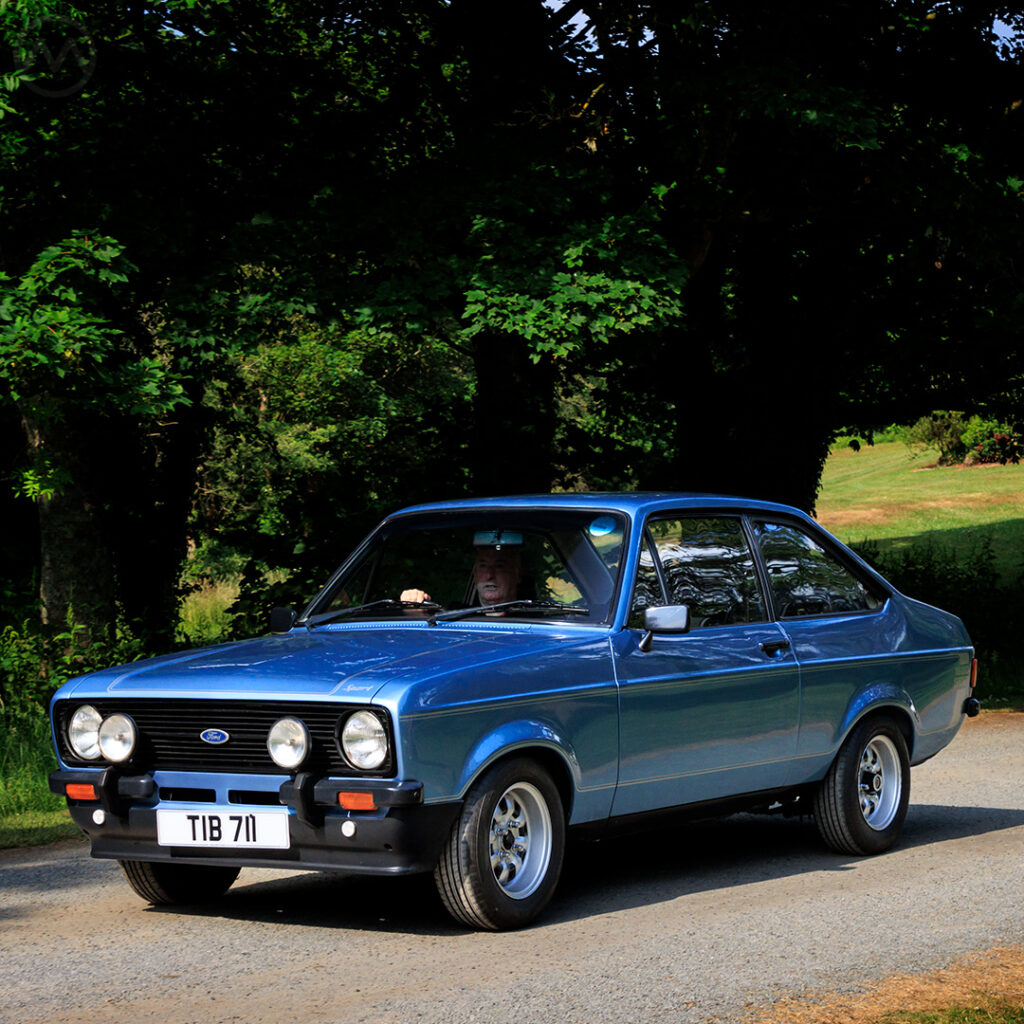
Many media outlets labeled the Escort Mark II as a “good enough” car or opined that Ford had only done the bare minimum to keep it competitive. That’s not an unfair assessment, but why fix something that isn’t really broken when you have to choose what to spend on?
The Fiesta investment, of course, paid off tremendously. That small car soon replaced the lowest-end Escort models created for places like Italy and proved a sales powerhouse of its own.
After the success of the VW Golf, rear-drive small cars like the Escort and Toyota Corolla were on borrowed time. Toyota responded by changing some of the elements of its old design for the E70-series in 1979 while hedging its bets with new front drivers. Ford, armed with the lessons learned and architecture created for the Fiesta, went front-drive entirely with the “Erika” Escort in the fall of 1980.
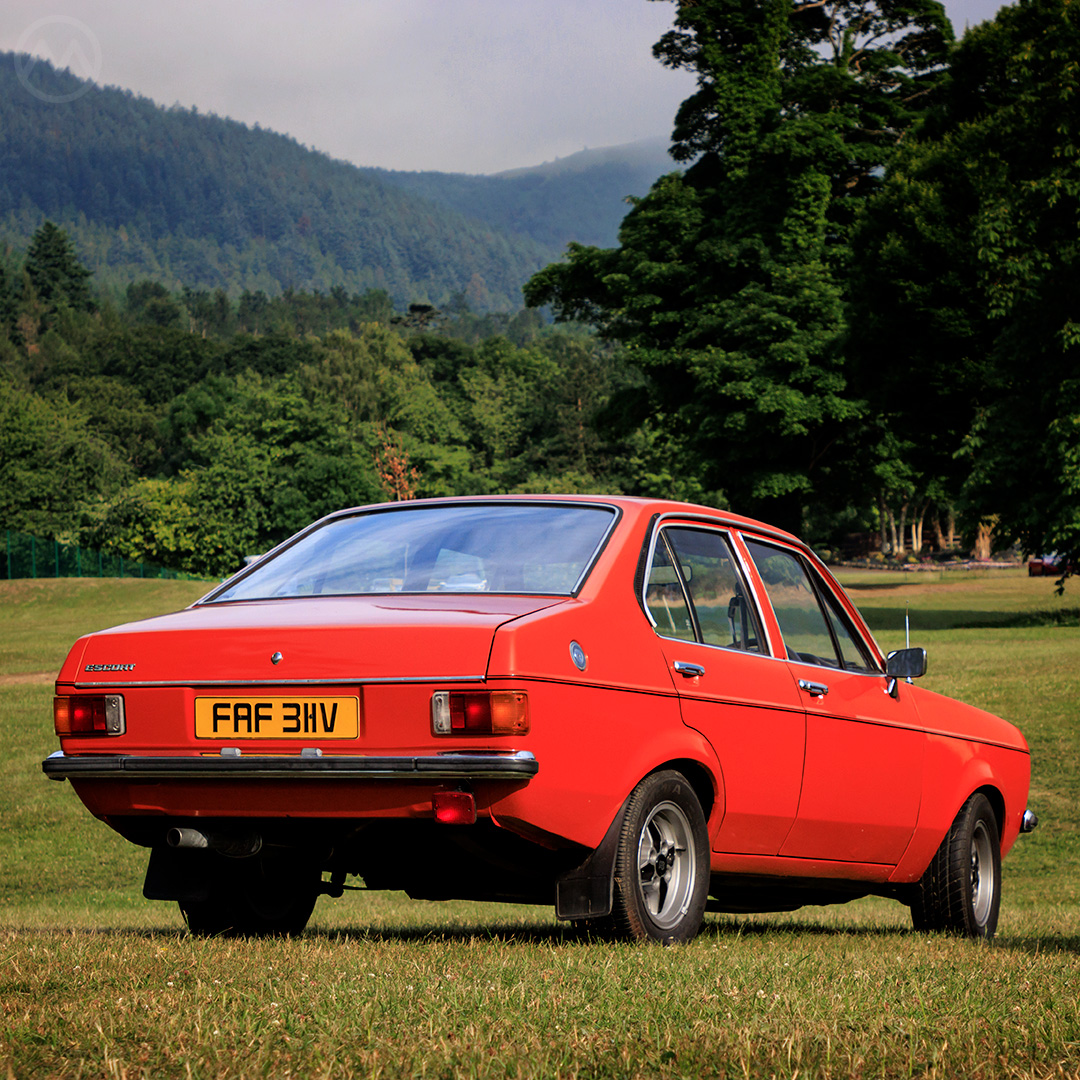
Unfortunately, these Escorts were not sold in the U.S., although Henry Ford II did have one customized for himself. A few RS models have since been imported, but to get these pictures, we had to go to Northern Ireland. They were all taken on our journey to the Kilbroney Vintage Show in 2023. The featured red four-door is one of the last Mark II Escorts, built in the summer of 1980, and it looks like it just rolled off the showroom floor.

